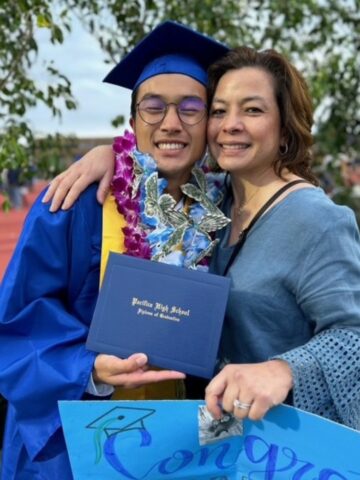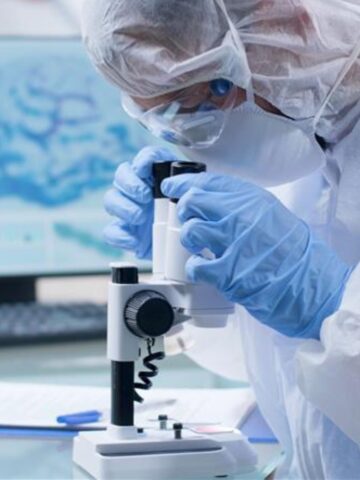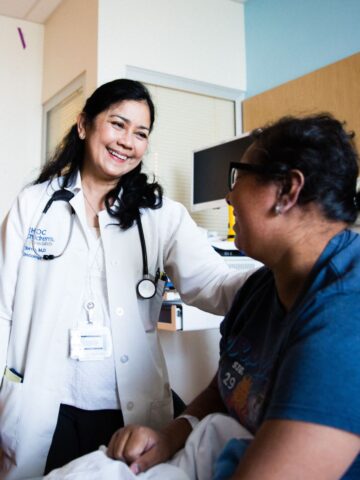While incidents of pediatric cancer have gone up in recent decades, the mortality rate has gone down.
This bad news-good news scenario was described in a recent talk by Dr. Mariko Sato, program director of the Brain and Spine Tumors Program at CHOC.
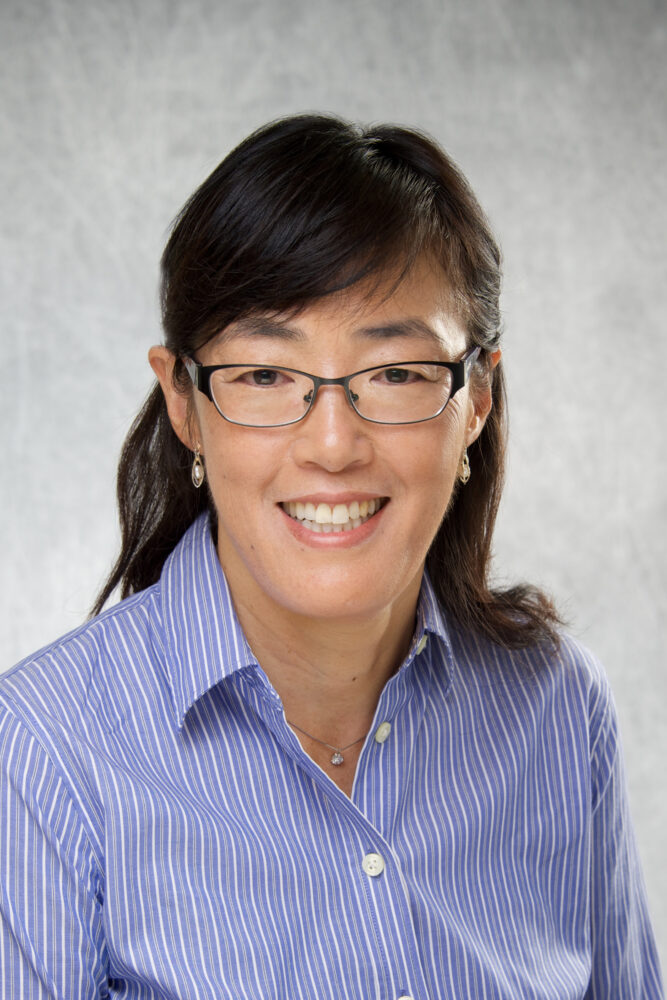
Dr. Sato says the rise is attributed to several factors, including the fact that five to 10 percent of patients who receive treatment develop secondary malignancies over time.
While children with brain tumors have an overall survival rate of about 70 percent – and cancers like Hodgkin lymphoma have a nearly 100 percent survival rate – Dr. Sato says that the increasing number of cases is a problem that needs to be addressed.
She attributes the increasing survival rates since the 1950s to the development of advanced chemotherapies, radiation treatments and surgical procedures.
“Almost all cancers have improving outcomes, which is largely because of our cooperative efforts to treat these cancers,” Dr. Sato says.
Her talk focused on common types of brain tumors, evolving molecular diagnoses and World Health Organization classifications. She concluded by discussing new therapeutic approaches.
Treating brain tumors in children is different from adults
Cancers can impact children differently than they do adults. Following leukemias, brain cancer and central nervous system tumors are the most common cancers for young people. Recently, we learned that most brain tumors were driven genetically in children. The impacts on young people can be direr, with some childhood cancers occurring with more malignancy. In addition, treatment can be harsher and more damaging to children with still-developing brains compared to adults.
“[The] treatment we utilize to treat pediatric cancer is very different from how adult doctors deal with brain tumors.” Dr. Sato says.
Available treatments for patients with tumors include surgery, radiation and chemotherapy.
“Those are the three big weapons that we use,” Dr. Sato says. “But there are challenges with each treatment in pediatric patients.”
For patients with tumors in sensitive locations, total removal of tumors may not be feasible. Radiation could impact a child’s cognitive and hormonal development. And chemotherapy can have long-term repercussions for young patients.
Radiation for high-grade and low-grade tumor treatment in pediatrics
Radiation treatment might be the right choice for high-grade tumors, but it is not always recommended for less severe cases.
“Our field is moving towards avoiding radiation,” Dr. Sato says. “We still have 40 or 50 percent of the institutions in the country push radiation, but others are definitely moving away from radiation. It’s a moving target right now in the treatment of pediatric brain tumors.”
The goal in treating low-grade tumors is to achieve a longer quality of life, Dr. Sato says. While radiation can be effective in halting a tumor’s future growth, it should be postponed, if possible, because of the effects radiation can have. Chemotherapy is preferred because it poses fewer long-term risks.
“[For pediatric patients,] we have to think carefully about the treatment approach,” Dr. Sato says. “We need a different and individual treatment. We are in the process of developing other types of therapy, but this is where we stand.”
Hope for new therapies for treating tumors in kids
Dr. Sato briefly discussed new kinds of treatments that are becoming available. They include targeted gene therapies, vaccines and even cannabidiol.
She then discussed the process of diagnosing the tumors on the molecular level. Most can be identified through available means at CHOC, such as immunohistochemistry (IHC), a type of biopsy test.
On the genetic level, there are several promising avenues to explore in treating tumors. One, a MEK inhibitor, may help keep abnormal cells from growing.
“It’s currently in clinical trials,” Dr. Sato says. “We’re waiting for it to be approved so that everyone can receive targeted therapy if appropriate.”
While targeted therapy shows great promise, it is not without side effects. Most patients develop a rash, but it is reversible and manageable.
Treating tumors and communicating with patient families
To end her talk, Dr. Sato answered specific questions about treating tumors. She said a patient who suffers from lethargy and morning emesis, or vomiting, should quickly receive a neurological exam, as well as a fundoscopic eye exam.
“The eye is the window to the brain,” she says.
Also, a CT scan should be performed quickly.
“We don’t want to jump into an MRI because it takes too long and the people could herniate when we are performing an MRI,” she says. “A CT scan is more readily available to any institution or ER.”
Dr. Sato also addressed how to discuss a diagnosis and treatment options with patients and parents from different cultures. Sometimes test results can trickle in over a period of weeks and the information can be complicated and confusing. Language barriers can hinder communication.
The answer is to use language that is simple and precise and to use a professionally trained interpreter when necessary.
“It can be challenging because we’re trying to explain complicated things with the easiest words and then maybe missing some information,” Dr. Sato says. “I didn’t realize I was missing that information until the parents reported that they had not heard about it.”
It is also important to a family’s religious and spiritual beliefs when discussing treatment and end-of-life issues. It’s important to take the extra time to learn about your patients’ families and to communicate with them effectively, says Dr. Sato.
Watch Dr. Sato’s full presentation, “Pediatric brain tumors: A molecular era.”
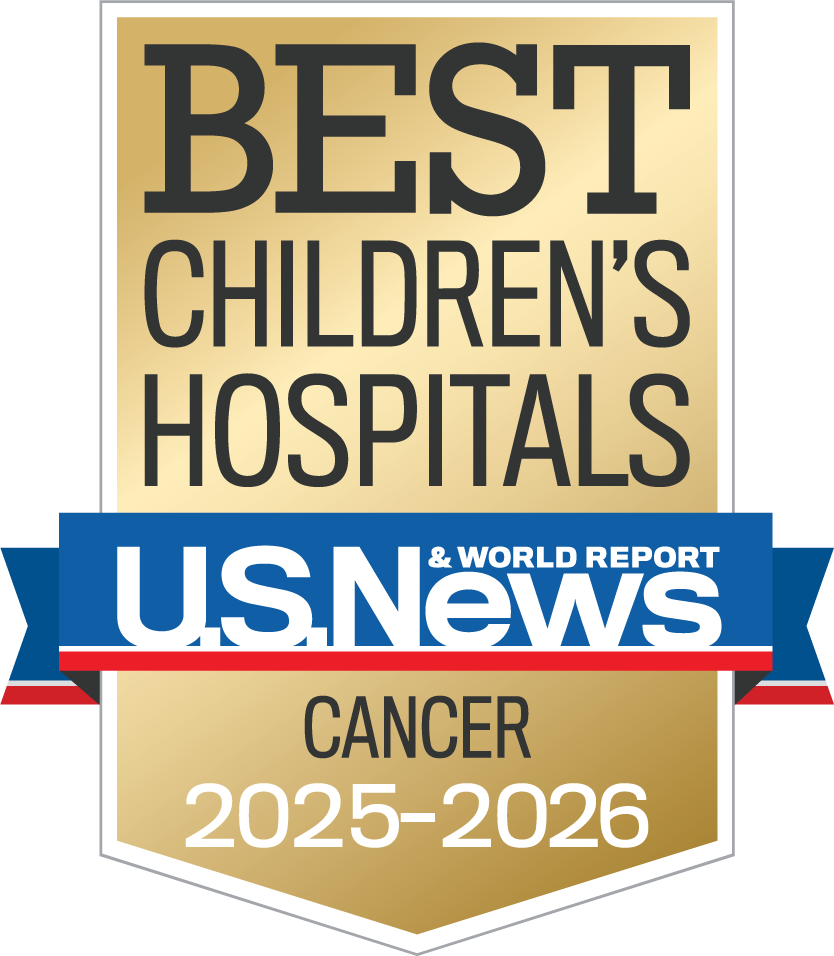
CHOC Hospital was named one of the nation’s best children’s hospitals by U.S. News & World Report in its 2025-26 Best Children’s Hospitals rankings and ranked in the cancer specialty.

